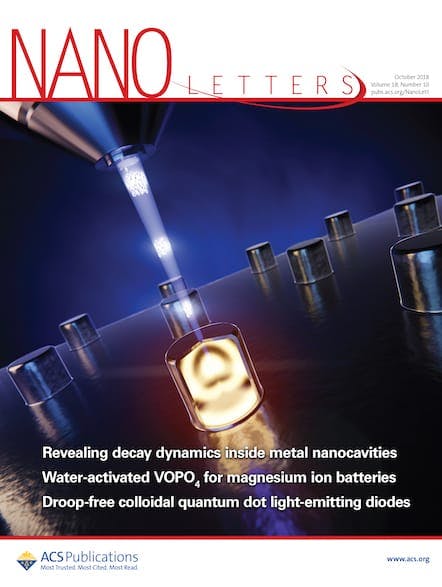Imagine research as a big house with many rooms. Physicists are in one room, chemists are in a second room, all mechanical engineers are in a third room and so on. Each researcher has a flashlight that they are using to illuminate and study little sections of their room. When a researcher gets the idea […]

Imagine research as a big house with many rooms. Physicists are in one room, chemists are in a second room, all mechanical engineers are in a third room and so on. Each researcher has a flashlight that they are using to illuminate and study little sections of their room. When a researcher gets the idea to shine their light into the next room over, they are crossing disciplines and doing interdisciplinary research. This analogy is based on the notion that we are defined by two things: our training that shapes how we view the world (our room) and the problems we choose to study (where we shine our light).
This simple picture neglects the many challenges of working across disciplines. Many researchers, myself included, seem to be standing in at least two rooms and most of what we can see is the threshold of the door in which we are standing. Given that we are training a generation of scientists promoting the idea that crossing disciplines is a virtue, I think it is fair to have a conversation about the opportunities and challenges of being trained at these thresholds. These reflections are based upon my experience traveling through a Physics undergraduate education, an Applied Physics PhD, a Chemistry postdoc, and settling in a Mechanical Engineering department.
- Collaboration: Simply put, many of the big questions that define the state of science cannot be solved by one discipline alone. This is especially true with nanoscale science where Physics, Chemistry, Biology, and Materials Science often overlap. Access to this new set of problems at the interfaces between disciplines is a widely acknowledged and major benefit of interdisciplinary work. However, there is great danger in blindly reaching across disciplines to cherry pick research questions as it is not obvious for outsiders to know what problems have been solved or are considered trivial.
- Communication: Sharing ideas across disciplines is itself a major challenge as fields have their own provincial languages – try getting a room full of scientists to agree on an exact definition of a metamaterial. Therefore, these discussions can be very difficult. Furthermore, a common experience of crossing disciplines is discovering that what seemed like a fresh idea was done a decade ago but called something else. As with any new language, immersion is the best way to learn.
- Community: One of the more challenging aspects of having interdisciplinary training is finding a home community. For example, while nanotechnology is widely recognized as a discipline, there are few nanotechnology departments. While this might not be a problem for graduate students or postdocs, faculty can only be granted tenure by departments and departments can be more or less accepting of interdisciplinary work. This dilemma also manifests in professional societies and conferences that have collectively absorbed interdisciplinary areas – you can expect to find nanoscience sections at meetings of most of the major physical science societies (e.g. ACS, APS, MRS, AVS), for better or worse.
If there is one central message here, it is that we must dispel the notion that being interdisciplinary is simply using the techniques of one field to solve problems in another field. Instead, the main challenge of being trained as an interdisciplinary researcher is identifying a rich scientific area in between fields. To return to the house analogy, it is not about shining your light into another room, but finding something beautiful and worth studying at the threshold where you are standing.
